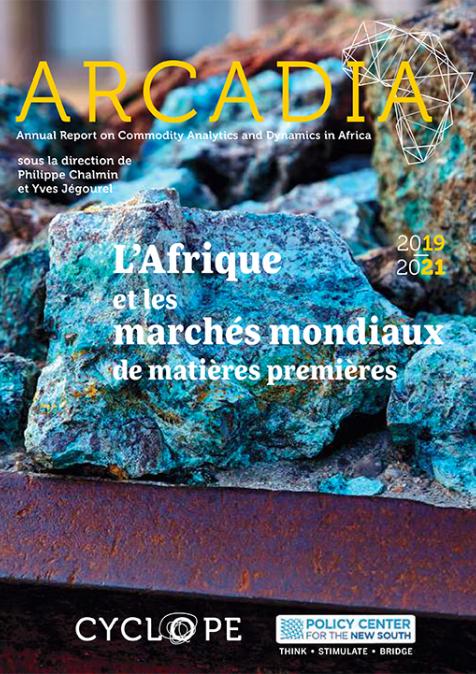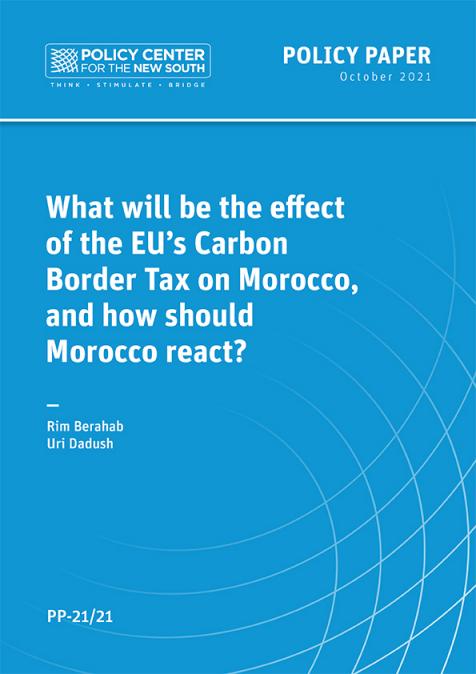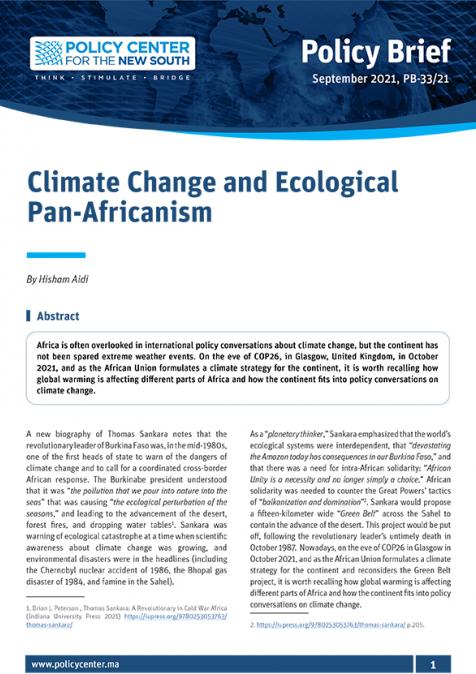Publications /
Opinion
“O! WRETCHED MORTALS, OPEN YOUR EYES”
Leonardo da Vinci, creator of the ever beautiful and impenetrable Mona Lisa, noted 500 years ago that he realized the importance of water, which is, the artist jotted in his notebooks , “the driving force of all nature”, the vetturale di natura, the vehicle of nature.
Da Vinci was not only acclaimed by kings and wealthy nobility like the Florentine Medici’s for his paintings , but the genius, possibly one of the greatest minds and creative powers in the history of mankind, studied the ebb and flow of ocean tides, designed dams, canals and bridges, and ever again his great intellect turned in his 13000 pages of intellectual earthquakes to water, even sketching how human beings could walk on water, (originally reserved to Jesus crossing the Sea of Galilee). The Italian polymath described the sensation “when you put your hand in a flowing stream, you touch the last that has gone before and the first what is still to come”, somehow summing up the flow of life. The Einstein of Early Renaissance invented a helicopter, a tank and even turned his brain towards artificial intelligence, without the help of Bill Gates and his digital brigades- the meticulous, precision loving wizard even invented a robot. I dare say that possibly the genius (between 1452 and 1519) meditated and envisaged in his mental picture our future, the dramatic changes threatening our planet these days. The inventive thinker imagined that water would be part of our dramatic evolution, since “in time and with water everything changes.”
A chance for Africa, this abundance of water on the continent? Leonard da Vinci was certain that water gnawing at mountains and filling valleys would “reduce the world to a perfect sphere.” There is so much water in parts of Africa, it almost seems that this wild, exotic place, mysterious and blessed with natural beauty and resources, could live forever on this precious natural gift. The African Great Lakes alone contain about 25 percent of the planets unfrozen surface freshwater. 24 African nations have been placed in the “low water stress “ category, a global assessment of water shortage, published by the “World Resources Institute “ a few weeks ago. Just look at the natural giants of Africa, like Victoria, third largest freshwater lake in the world, lake Malawi, lake Kivu, bordering the Democratic Republic of Congo and Rwanda, Lago Niassa (Mozambique) or Tanganyika, which is containing almost 17 percent of the world’s unfrozen fresh water.
Tanganyika is the sixth largest lake in the world, the second deepest (1470 meters) and the longest, 673 kilometers, a couple miles less than the distance from Paris to Marseille. The Lake Tanganyika Basin (LTB) is estimated to house around 12 million people, about a million of whom are dependent on the roughly 200 000 tons of fish produced annually from Tanganyika, which is bordered and managed by Burundi, the Democratic Republic of Congo, Tanzania and Zambia. In World Bank document ( P165749, August 16, 2018) environmental experts stated: ”The lake represents a unique and valuable natural resource for riparian countries and is a world renowned center of evolutionary diversification, hosting about 300 fish species, out of which more than 250 are considered endemic. There are 68 snail species, of which 45 are endemic. In total the lake is home to more than 2000 animal and plant species of which about 600 are endemic”.
LAKES AND RIVERS BEGIN TO SUFFER CLIMATE CHANGE
As the region’s population is growing, warn experts of the World Bank in, the environmental pressures on the LTB ecosystem is building up. Ports on the Tanganyika lake faces access issues due to draft limitations from accumulated sedimentation from agricultural and pastoral activities. The lake is characterized by loss of habitat for fish and snails. Overfishing, pollution and rising water temperatures have led to a drastic reduction of the fish stocks of the commercial fisheries in the pelagic zone of the lake. Industrial, craft and domestic waste from the cities and villages along the lake are directly discharged into the lake, often without any pre-treatment. An African reality- lakes and rivers are in trouble, beginning to suffer the climate change, attempting to survive the price for progress.
Lake Victoria, for example, is the largest lake in Africa, and world renowned for its wetland species like the Sitafunga, a rare semi aquatic antelope , monkeys, hippopotamus and spotted necked otters .The lake, 26 828 miles surface size, is one of the sources of the river Nile, and bordering mainly on Tanzania, Uganda and Kenya. The settlements on and beyond the banks are heavily populated, within 50 miles an estimated 35 million people, (equivalent to the total population of Morocco), are depending on these waters for survival. Half a century ago there were 50 000 fishermen enjoying a fishing boom which blossomed for decades. Today over 200 000 fishermen are trying to make a living, on 60 000 boats. Today the lake produces still hundreds of million dollar worth of fish annually. A success story, it seems, an escape from poverty. A path for a future. Helas, no more. Lake Victoria is in grave danger, trying to survive as many other lakes of this great continent. Recently, lake Nokoué, Benin, was chosen by the German based “Global Nature Fund”, as “ the most threatened lake of Africa in 2019.”
GREEN ALGAE AND WATER HYACINTHS
Africa‘s rivers, streams and lakes are suffering from deforestation and erosion, poisoned by chemicals and human feces. A lethal combination of overfishing and pollution is not only threatening the once abundant fish stocks of Lake Victoria, but also the fragile environmental and economic ecosystem supported by the lake. Extended lakeshore areas have been deforested to provide burning material and agricultural land, papyrus has been overharvested for handicraft. Habitats of numerous animals, such as the rare papyrus feeding rhinoceros’ have been erased. Agricultural runoff from the intensively farmed lakeshore saturate the lake with nutrients, creating massive blooms of green algae and water hyacinths , covering large parts of the gigantic lake. The plants do not only bother ferries and fisher boats, but smother aquatic life by deoxygenating water, reducing nutrients for young fish in sheltered bays. A dredger the “Mango Tree”, owned by a Chinese company, is tasked with removing the water plants and turning them into fertilizer. In 2013, the Kenyan fishery industry in Lake Victoria landed 140 000 tons of fish. By 2016 the figure was down to 98 000 tons. At the local market of Kisumu the gap between local demand and the lake’ s supply is filled by frozen tilapia filets—imported from China.
Ecology, the defense of nature, is an African drama, another one, hardly noticed by the global news community. Who cares about the slow death of a lake, or almost all of them, symbols of Africa‘s dimensions, its power of nature and its human quality? The poor nations of the regions around the great lakes, face dramatic budgetary problems, noted the World Bank, which is in the process of aiding with loans to preserve Lake Tanganyika. ”National fisheries departments and research agencies are chronically underfunded. Research agencies are unable to maintain credible scientific monitoring programs to act as technical advisors on sound management and conservation practices. Fisheries departments cannot afford adequate human and material sources for monitoring, control and surveillance and provision of extension services. Existing legislation on fisheries is in many respects obsolete. Enforcement and compliance assurance are other major areas of legal deficiencies. Fisheries regulations are often ignored due to inconsistent and irregular enforcement.” In april of last year, the “International Union for Conservation of Nature (IUCN) revealed in a study that three quarters of freshwater species endemic to Lake Victoria are threatened by extinction, its biodiversity in danger of being “decimated.”
DEATH IN THE WATER
Africa is aching, but the whole world is in pain. Worldwide 884 million people,12 percent of the global , human population lack a basic drinking water service (freely available, clean drinking water within a radius of 30 min walk),including 159 million people who are entirely dependent on surface water (WHO 2017). Globally, more than two billion people use drinking water that is contaminated with feces, facilitating the transmission of diseases such as diarrhea, cholera, dysentery, typhus and polio (WHO 2017). In Rwanda, in the Great Lake region, about 3-4 million people, about 20 percent of the total population, have no access to basic drinking water services, and more than five million people, 30 percent of the population do not use toilets. The more than 4000 kilometer long Niger River, touching nine nations during his flow (Benin, Burkina Faso, Cameroon, Chad, Ivory Coast , Guinea, Mali, Nigeria , Niger) and is a main water source for about 100 million people, is polluted by almost all regions the river touches-the cotton plantations of Mali, for example, using fertilizers, pesticides and machines which are accelerating soil erosion, or oil spills, particularly in Nigeria. According to the Nigerian Department of Petroleum, between 1976 and 1996 , about 1.9 million barrels of oil were spilled into the Niger.
Two months ago the “East African” ran a headline: “Death in the water: African rivers awash with fatal antibiotics. ”In a study conducted by the University of York, UK researchers found that rivers in Ghana , Nigeria and Kenya have antibiotic levels which have surpassed the safe level, putting people ingesting untreated, antibiotic dosed river water into danger, possibly millions of Africans. Many of these medicines are thrown into garbage, which is dumped into the rivers. Studies seem to confirm that most African countries are unable to effectively handle urban waste. In Kenya many of the nation’s rivers, especially those passing major cities and towns, have poisonous water flowing their courses. Nearly all South Africa ‘s surface water is undrinkable for human consumption in an untreated state. As is the case in many other African countries, the majority of the population lives in rural areas, often not serviced with clean water. A large percentage of taps installed in the post apartheid era are now dry. And those lucky enough to be connected to municipal water grids, at the end can’t afford the price for water—the result: annually 1.5 million disconnections for unpaid bills.
IT IS IMPERATIVE TO START THINKING ABOUT ALTERNATIVE LIVELIHOODS
The World Bank, which recently has authorized 117 million dollars in loans to finance the establishment of sustainable integrated watershed and fisheries management in and around Lake Tanganyika, has warned in its document: “Given the current trends of warming, the lake stratification will get stronger and the productivity will continue to be affected. If the warming continues, and the fishing is not regulated, sustainability of the fisheries will be at risk.” And :”It is thus imperative to start thinking about alternative livelihoods for people in the region.” The message is clear: “Much of the basin is already densely populated, and climate change may affect access to water resources, increase the likelihood of drought , and negatively affect agricultural productivity and livelihood. ”While the environmental situation across the lake and its basin continues to deteriorate” the World Bank experts still detected a silver lining in the vastness of the lake, its mere physical dimensions, which help absorb and mitigate known environmental impacts to a degree. ”The quality of the water across the lake ‘remains relatively good.” Nevertheless, existing trends “if unattended will lead to an increasing pace of the deterioration of environmental conditions and overall degradation of Tanganyika. The likely growing scarcity of fish resources will likely deepen the vulnerability of communities and growth in social tensions”.
The earliest dated drawing of Leonardo da Vinci, 1473, is a landscape showing a river cascading over rocks and streaming away into a valley. His final sheets, 45 years later, are haunted by visions of deluges destroying the earth. Seems like the wizard was an early ecologists, possibly the first, certainly ahead of our time. Leonardo da Vinci refused to let his stomach turn into the “tomb for other animals” and was a vegetarian, with a particular fondness for minestrone, Italian vegetable soup. ”I have from an early age abjured the use of meat, and the time will come when men such as I will look upon the murder of animals as they now look upon the murder of men.” In the logic of our polymath, the waste of water, climate change, the premeditated murder of our environment, is also a crime-against humanity. “Blinding ignorance does mislead us”, the genius noted, “O! wretched mortals, open your eyes.”





